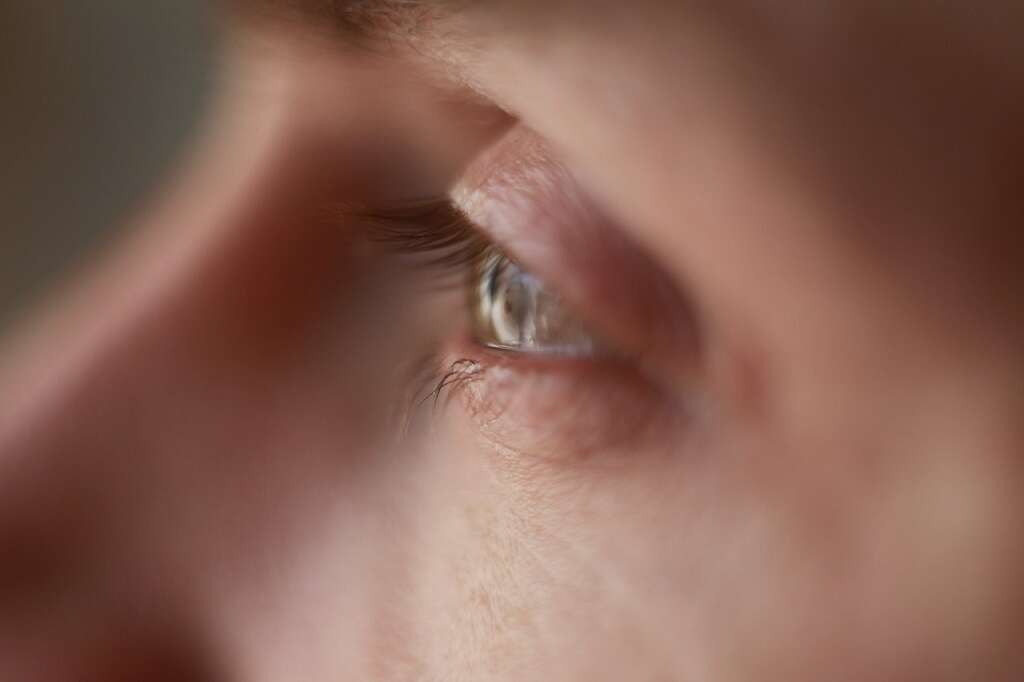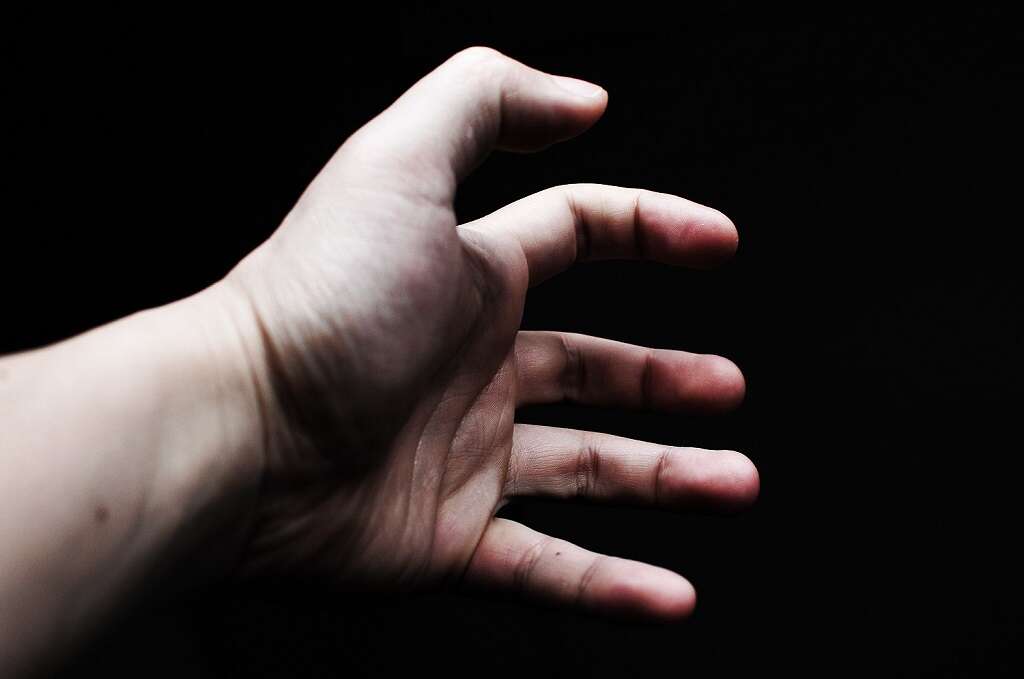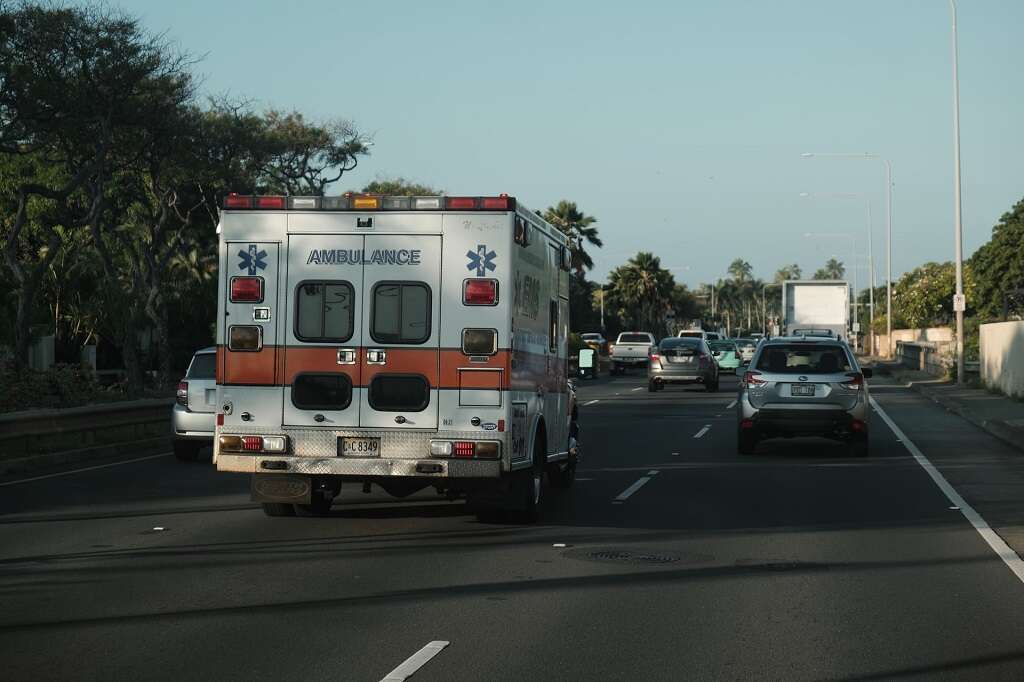Absence Seizure Symptoms, Treatments & More
 Article Sources
Article Sources
- 1. 'Epilepsy.' NHS Choices, NHS, www.nhs.uk/conditions/epilepsy.
- 2. MD, Authored By: Elaine Kiriakopoulos, and Authored Date: 08/201 'Absence Seizures.' Epilepsy Foundation, www.epilepsy.com/learn/types-seizures/absence-seizures.
- 3. 'Absence Seizures.' Johns Hopkins Medicine, www.hopkinsmedicine.org/health/conditions-and-diseases/epilepsy/absence-seizures.
- 4. 'Absence Seizure.' Mayo Clinic, Mayo Foundation for Medical Education and Research, 24 Feb. 2021, www.mayoclinic.org/diseases-conditions/petit-mal-seizure/symptoms-causes/syc-20359683.
When picturing epilepsy, many people may imagine full-body shaking and obvious jerking movements. But there are many types of seizures and many types of epilepsy. Any burst of electrical activity in the brain can cause a seizure, and some seizures may be difficult to recognize initially.1‘Epilepsy.’ NHS Choices, NHS, www.nhs.uk/conditions/epilepsy.
An absence seizure, sometimes also called a petit mal seizure, is characterized by staring into space or blanking out. Unusual electrical activity in both sides of the brain causes people with absence seizures to momentarily lose awareness. It’s almost like someone hit pause on a person.2MD, Authored By: Elaine Kiriakopoulos, and Authored Date: 08/201 ‘Absence Seizures.’ Epilepsy Foundation, www.epilepsy.com/learn/types-seizures/absence-seizures.

1. Symptoms of an Absence Seizure
The most common symptom of an absence seizure is staring into space. A person who’s moving or talking may abruptly stop in place, although they usually won’t fall to the ground. Their eyes may roll back or their eyelids may flutter.
These seizures usually only last for around ten seconds and are more common in children than adults. The person will usually be able to go back to the activity at hand afterward, although they may be confused at the lapse in time. During an absence seizure, people have no awareness of what’s going on around them. Absence seizures can be so brief and quiet that bystanders might not notice them.2MD, Authored By: Elaine Kiriakopoulos, and Authored Date: 08/201 ‘Absence Seizures.’ Epilepsy Foundation, www.epilepsy.com/learn/types-seizures/absence-seizures.

2. Risks of Absence Seizures
A single absence seizure is not considered epilepsy, and even people prone to many absence seizures don’t necessarily have harmful effects. Absence seizures usually don’t cause long-term health problems.
However, in some cases, an epileptic person may have dozens or even hundreds of absence seizures per day. This can cause problems at work or school and make concentration difficult. An absence seizure can be dangerous at the wrong time, and sometimes more dangerous seizures can develop alongside absence seizures.3‘Absence Seizures.’ Johns Hopkins Medicine, www.hopkinsmedicine.org/health/conditions-and-diseases/epilepsy/absence-seizures.

3. Atypical Absence Seizures
A typical absence seizure is sudden, short and often very still. Most people with absence seizures experience this type of seizure, but there are some exceptions.
During an atypical absence seizure, the onset may be more gradual. These seizures can last 20 seconds or longer and may include blinking, chewing motions or strange hand motions. Atypical seizures are more noticeable and have a slightly higher risk of injury to the person if they fall, but they usually don’t have long-term negative effects.2MD, Authored By: Elaine Kiriakopoulos, and Authored Date: 08/201 ‘Absence Seizures.’ Epilepsy Foundation, www.epilepsy.com/learn/types-seizures/absence-seizures.

4. Causes of Absence Seizures
Absence seizures, like any other type of seizure or epilepsy, are caused by abnormal electrical activity in the brain. They are classified as generalized onset seizures, meaning the electrical bursts are happening in both sides of the brain at the same time.2MD, Authored By: Elaine Kiriakopoulos, and Authored Date: 08/201 ‘Absence Seizures.’ Epilepsy Foundation, www.epilepsy.com/learn/types-seizures/absence-seizures.
Doctors don’t yet know why this unusual electrical activity happens. Sometimes people have rare or singular seizures without having epilepsy. Absence seizures can affect any type of person at any age and are often set off by stress and exhaustion.3‘Absence Seizures.’ Johns Hopkins Medicine, www.hopkinsmedicine.org/health/conditions-and-diseases/epilepsy/absence-seizures.

5. Who’s at Risk for Absence Seizures?
Absence seizures are most likely to affect children, particularly between the ages of four and 14. It’s not unusual for absence seizures to be diagnosed long after they first begin. People may mistake the seizures for zoning out and the struggles in school as the child simply not paying attention.2MD, Authored By: Elaine Kiriakopoulos, and Authored Date: 08/201 ‘Absence Seizures.’ Epilepsy Foundation, www.epilepsy.com/learn/types-seizures/absence-seizures.
Having a family history of seizures is also a risk factor. Girls are more likely to have absence seizures than boys, and seizures can sometimes persist into adulthood.4‘Absence Seizure.’ Mayo Clinic, Mayo Foundation for Medical Education and Research, 24 Feb. 2021, www.mayoclinic.org/diseases-conditions/petit-mal-seizure/symptoms-causes/syc-20359683.

6. Diagnosing Absence Seizures
It’s easy to mistake absence seizures for distraction or daydreaming, but in an absence seizure, a person is not conscious or in control. If someone notices an absence seizure, it’s good to write an account of what the lapses look like for the doctor to evaluate.
Epilepsy is often diagnosed through an EEG. An EEG is a test that measures electrical activity in the brain. During an EEG, a doctor may ask the person to breathe quickly or expose them to flashing lights.2MD, Authored By: Elaine Kiriakopoulos, and Authored Date: 08/201 ‘Absence Seizures.’ Epilepsy Foundation, www.epilepsy.com/learn/types-seizures/absence-seizures.

7. Treatment for Absence Seizures
The main treatment for absence seizures is medication to stop the seizures from happening. Sometimes a person may need to switch medicines or take several medications, particularly if they experience more than one type of seizure. Taking this medication exactly as prescribed is the best way to prevent seizures.3‘Absence Seizures.’ Johns Hopkins Medicine, www.hopkinsmedicine.org/health/conditions-and-diseases/epilepsy/absence-seizures.
In extreme cases of epilepsy, surgery or an implanted electrical device in the brain may be necessary to help control the seizures. However, those methods are rarely needed for absence seizures.1‘Epilepsy.’ NHS Choices, NHS, www.nhs.uk/conditions/epilepsy.

8. When To See a Doctor
If a person suspects absence seizures, they should see a doctor, even if the seizures seem harmless or they’ve only had one. Sometimes a more serious type of epilepsy can be mistaken for an absence seizure.2MD, Authored By: Elaine Kiriakopoulos, and Authored Date: 08/201 ‘Absence Seizures.’ Epilepsy Foundation, www.epilepsy.com/learn/types-seizures/absence-seizures.
After diagnosis, a person should tell their doctor if the seizures aren’t going away with medication. If an individual with typical absence seizures suddenly experiences atypical seizures or another type of seizure entirely, they should call their doctor.4‘Absence Seizure.’ Mayo Clinic, Mayo Foundation for Medical Education and Research, 24 Feb. 2021, www.mayoclinic.org/diseases-conditions/petit-mal-seizure/symptoms-causes/syc-20359683.

9. When To Call an Ambulance
It’s rare that absence seizures require emergency treatment, but there are some cases where it’s necessary. Any seizure lasting longer than five minutes is an emergency. If someone spends minutes or hours engaging in automatic behaviors like eating without being conscious or understanding what they’re doing, that could be a sign of a condition called absence status epilepticus, and they need to go to the hospital.4‘Absence Seizure.’ Mayo Clinic, Mayo Foundation for Medical Education and Research, 24 Feb. 2021, www.mayoclinic.org/diseases-conditions/petit-mal-seizure/symptoms-causes/syc-20359683.
A person may also need help if they develop trouble breathing or hurt themselves during a seizure.1‘Epilepsy.’ NHS Choices, NHS, www.nhs.uk/conditions/epilepsy.

10. How To Handle Absence Seizures
During a seizure, the safest thing to do is to allow the seizure to pass. A person may be momentarily confused, but they generally don’t need any first aid or particular care.2MD, Authored By: Elaine Kiriakopoulos, and Authored Date: 08/201 ‘Absence Seizures.’ Epilepsy Foundation, www.epilepsy.com/learn/types-seizures/absence-seizures.
With proper treatment, most people with absence seizures can do any job and succeed in school. However, they may experience discrimination and require support from friends, family and local groups. Reasonable supports in education and help with managing stress and anxiety can help a person succeed and avoid further seizures.3‘Absence Seizures.’ Johns Hopkins Medicine, www.hopkinsmedicine.org/health/conditions-and-diseases/epilepsy/absence-seizures.










